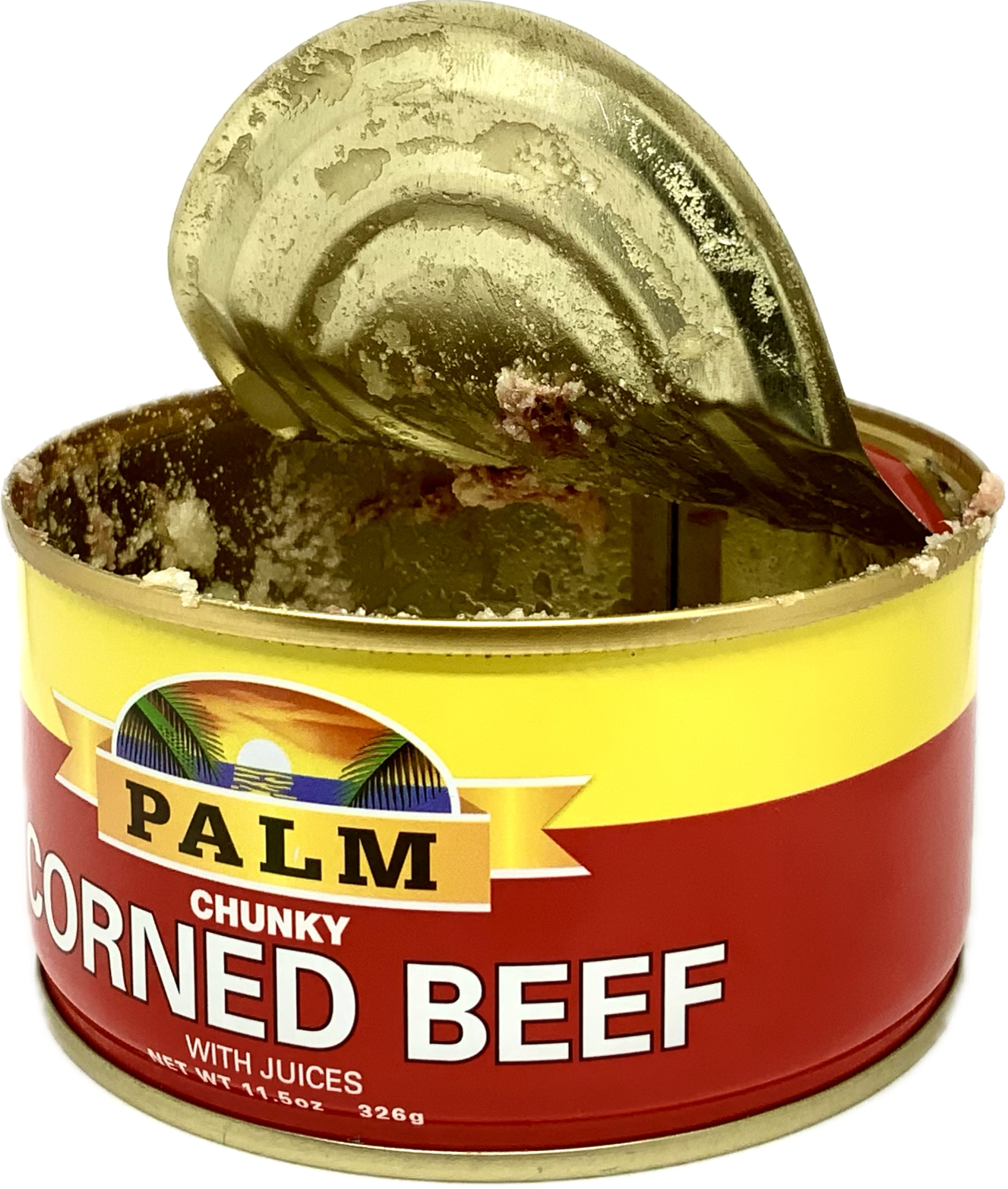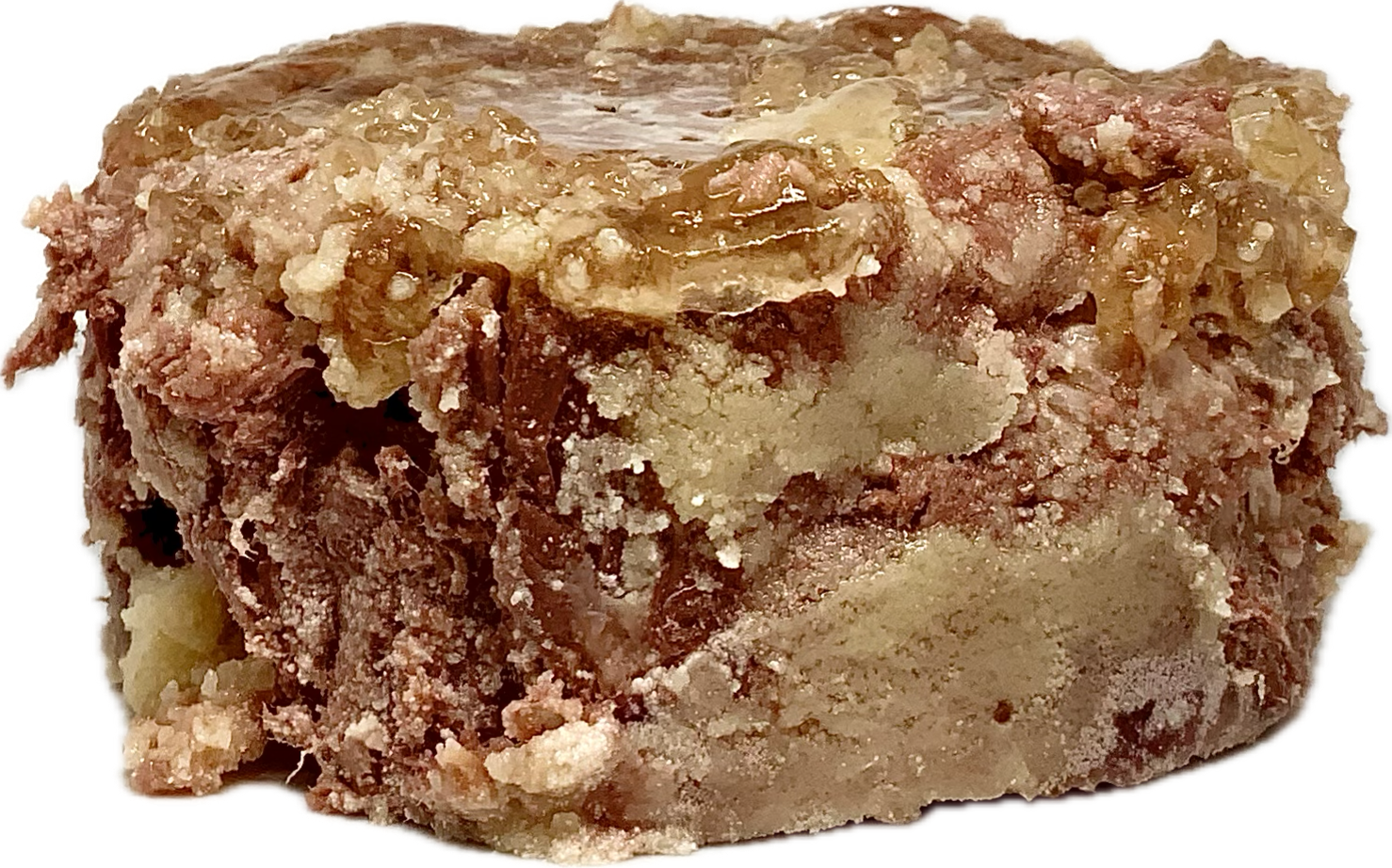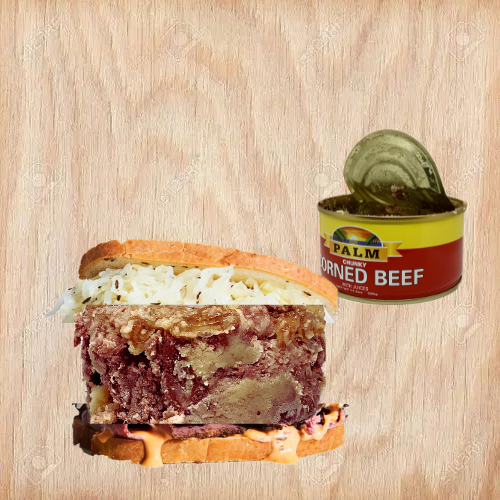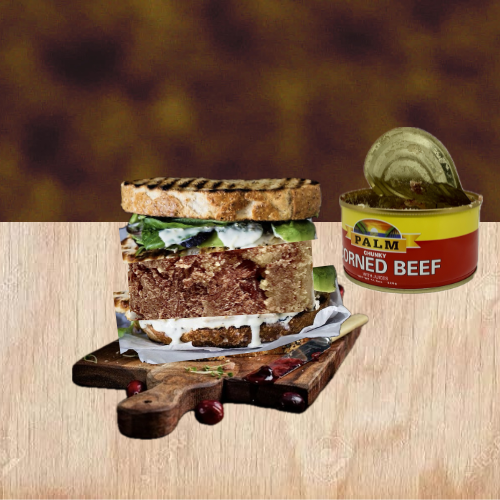
Teuila Fatupaito
SummaryTeuila Fatupaito is a multi-disciplinary artist of Samoan descent, born and raised in Kirikiriroa—Hamilton, where she currently resides. Her family hails from the villages of Tanugamanono and Vailoa Faleata Samoa.
With a background in Media Arts, Teuila’s exploration and experimentation enables her to move freely between photography, painting, drawing, sculpture and, more recently, silversmithing and jewellery making. Teuila has recently established and launched her very own brand and jewellery business online.
Teuila draws inspiration from the interconnected elements of her surroundings as she navigates the complex duality of her lived experience and cultural identity.
Creative Process
Translating an idea from mind to canvas isn’t always straightforward, I usually don’t know exactly how I’ll proceed until I start sketching and experimenting with visual concepts. The initial idea is the easy part, the difficulty lies in the execution of the idea, and how I’ll go about bringing it to life, which usually forms with a bit of trial and error. This early part of the process is never forced; I let ideas come naturally, allowing them to evolve in their own time. Most paintings start as an image in my head—a rough impression of what the piece could look like. I often toy with a few different approaches, but after some contemplation, I almost always return to that initial vision.
For the Faleship painting, I wanted to explore the concept of canned corned beef, 1) because it’s a food that might literally appear “on the table” and 2) because of its deep connection to Samoan culture and Pacific communities. Although adopted by our people over time, this staple has become so ingrained in Pacific culture that it’s almost stereotypically recognisable as part of our identity.
To capture the characteristics of what makes corned beef corned beef, I tried to approach the idea authentically and so I photographed an actual can of corned beef in my studio. Though many of us have seen canned corned beef countless times, I needed a visual reference of details, colours and textures which make canned corned beef distinctively different from other cuts of meat.
After photographing, I looked to the internet for images of sandwiches. I studied different types, noticing elements that stood out—layered textures, colour contrasts, and compositions. I pieced together elements from various images, collaging them with my photographs to create mock-ups of what the final painting might look like. This collage phase lets me experiment quickly with image and composition, finding the balance that best represents my idea. Once I arrived at a mock-up that felt right I then combined it with some creative licence before transferring it onto my canvas. Plywood is my canvas of choice, as its hard surface is ideal for my work with graphite and acrylics. I also appreciate the aesthetic of the wood’s raw foundations and metaphorically its sense of resourcefulness and layers of resilience much like our Pacific communities.
From there, the focus is purely on the act of painting. This phase requires time and patience; I often need to test techniques and adjust my approach before settling into a rhythm. Painting becomes a process of exploration and refinement, as I work to achieve a level of detail and quality that satisfies me. It’s always challenging, but bringing the initial idea to life, layer by layer is what makes the journey worthwhile.
Creative Workspace
My home doubles as my art studio. Space is limited, so each area serves as a flexible workspace supporting different parts of my creative process. When I decided to pursue art more seriously, I knew I needed a dedicated space—a place where I could access my tools and materials easily and feel inspired and grounded in my identity as an artist.
In a small spare room, I’ve set up a practical and functional studio. Here every tool has its place, visible and easy to find. I try to keep this space reasonably organised so I can flow seamlessly from one craft to another. I also strive to keep this room an uplifting space, as this is where all my ideas come to life. I confront both inspiration and creative challenges here and this is where I spend most of my time, immersed in my work. My walls and shelves are adorned with things that are important to me: sentimental objects, books, images of my late father and brother, completed pieces, works-in-progress, indoor plants and small collectables that reflect my personality and passions. Each piece fuels my ideas and serves as a reminder to stay on track, especially when the struggle is real. This is where I do most of my jewellery making, silversmithing, and small sculptural work, but I also use this studio for drawing, concept design, planning, research, photography and small paintings.
As a multidisciplinary artist who loves experimenting with different media and tackling larger-scale projects, my work often demands more space. My ideas and experimentation naturally spill into other areas of my home and even extend beyond it. In my dusty old garage, I make all my hardboard canvases, where I keep all my other tools—drop saws, sanding machines, files, hammers, drills—lots of which I inherited from my father. This is where I don’t mind making a mess, and it’s also my space for spray painting, sculpting wire, and practising soldering techniques.
For larger-scale paintings or silver castings, I need a cleaner area inside free from dust, so my front deck, living room, and dining area become extensions of my studio. These are more adaptable spaces, which are shared with my family (although their perspective may be different), this flexibility allows me to move my paints and equipment in and out freely while working temporarily on a project.
Like many artists, I dream of a dedicated studio—a goal for the future. For now, though, my home studio fulfils my needs and provides an inspiring environment to create in.
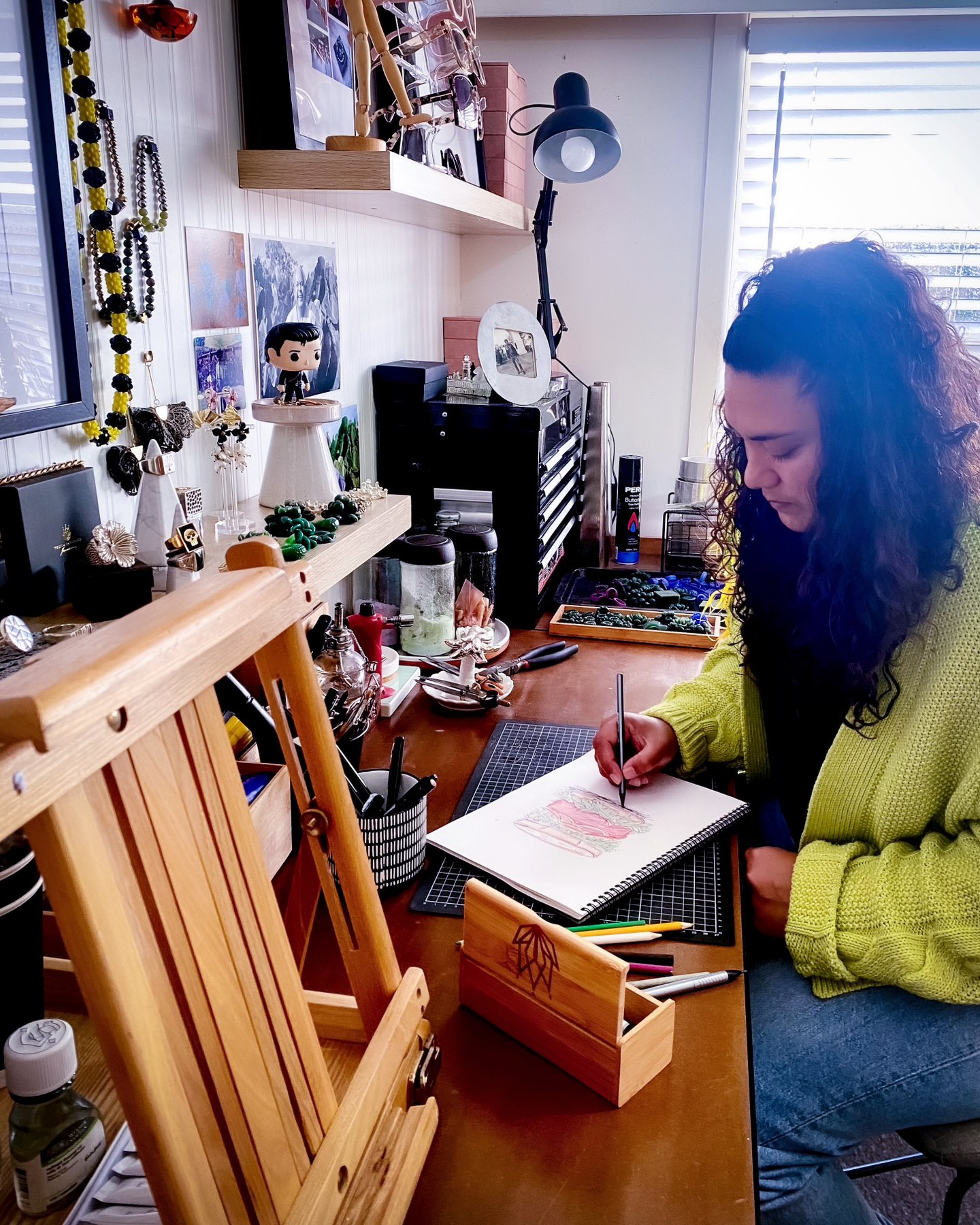



Fale-ship Questionnaire
What’s one word that describes your work?
Meticulous.
How does it feel to be showcasing your work from your creative space?
Giving the world a glimpse of what goes on behind the scenes of my creative process and the space where it all unfolds is both daunting and liberating. I am the type of person who tends to be more reserved and not always comfortable in putting myself out there beyond the work that I produce. My home, which doubles as my studio, is a kind of sanctuary—a place where my ideas come to life. Like many artists my work is more than just the outcome, it carries all the blood, sweat and tears poured into it, so it can be a deeply personal experience much like my creative environment, everything in my creative workspace holds some significance for me, it is a reflection of myself, so sharing my work and space is essentially sharing a piece of me. On the flip side, sharing my space and seeing other artists share theirs has been incredibly valuable and comforting, revealing that we all have similar experiences, we can relate to.
What were the highlights or moments of joy that you came across during your residency?
Honestly, I'm always grateful for any creative opportunity that allows me to contribute new work but having an opportunity designed to showcase Pacific Artists is even more significant. Residing in Hamilton where our Pacific community of artists is small, being part of Tautai’s creative network and showcasing alongside other talented Pacific Artists is a true highlight.
What challenges did you came across during your residency and how did you overcome them?
Time frames are always a bit of a challenge, it has both positive and negative aspects. Deadlines can either motivate or pressure you to get things done. As artists, we need a bit of both but at the same time the creative process is often an organic one and requires time to experiment more deeply. Being organised definitely helps.
Do you have any coping mechanisms or creative processes you use that help maintain your creative well-being?
I work independently most of the time, so motivation and self-discipline are skills I’ve developed over the years. Progressive habits are essential for me—I like to stay organised with my projects to avoid feeling overwhelmed. Not every day goes as planned, but I strive to make each one balanced and productive. I journal my goals and still use a large whiteboard to map out my monthly tasks. The visual aspect helps me stay accountable; it allows me to check off completed tasks and track my progress, which helps me avoid feeling stuck. Learning new art skills and exploring different techniques is a constant source of excitement and growth for me. I’m continually in awe of people who master their crafts and push boundaries in their work. It keeps the inspiration flowing sparks creative ideas and opens my mind to new methods of approaching my work I also prioritise balance, mindfulness, and rejuvenation. I try to stay present in my creative processes and make time for activities that nourish me, like music, nature, gardening, coffee catch-ups, prayer, meditation, and quality time with family. These practices have led to a happier, more fulfilling journey.
What is inspiring you right now?
A lot of things inspire me, but the three overarching sources of inspiration across my work have always been 1) Nature’s essential principles of design and the interconnectedness of humans and nature of which we are intrinsically linked. 2) The artisanal skill and craftsmanship of creatives who are experts in their fields and push boundaries of potential in their work. 3) And of course the biggest influence of my life and upbringing is the inherited creativity and inspired talents and qualities of both my parents.
How important is it to showcase the lived experiences of Pasifika artists?
It’s hugely important if not crucial to showcase the lived experiences of Pasifika artists because our unique cultural perspectives are still unfortunately underrepresented in mainstream environments. The art career is often the ‘road less travelled’ but even more so for Pasifika artists as the journey to success is fraught with barriers. Thus the importance of cultural representation, each time we showcase our lived experiences as Pasifika artists, we break down barriers and open doors for others to do the same.
If you could invite anyone to have a seat at your table, who would it be and why?
Probably my Father. He’s been gone for about 4 years now. Apart from my Mother, He has been a big inspiration to me and shaped the person that I am today. I've inherited a lot of his ingenuity and creative traits. It would be nice to chat with him again and hear his advice and opinions on the type of work I have been producing in the last few years.
What advice would you give to other Pasifika Practitioners who want to apply for future Fale-ship Opportunities?
Go for it! The Fale-ship Residency is a chance for you to ‘take your seat at the table’ By stepping into these opportunities you're actively claiming a space that honours your voice while also paving the way for future Pasifika artists to share their stories and perspectives too. Every success story contributes to opening doors and eventually to taking our place at tables where Pasifika people are not yet seated.






